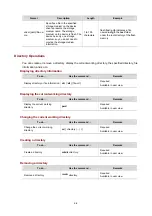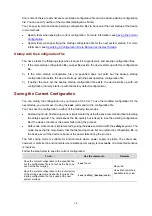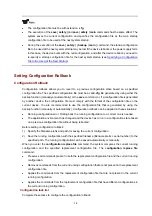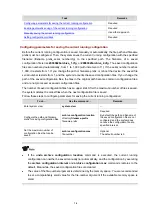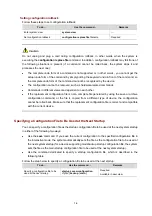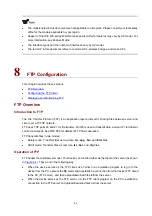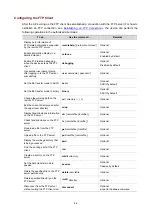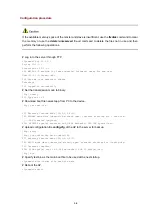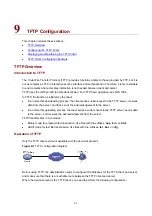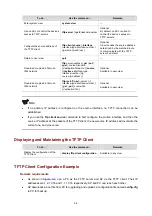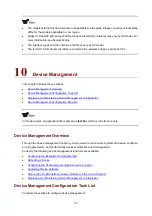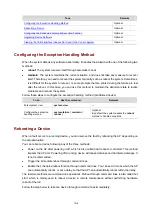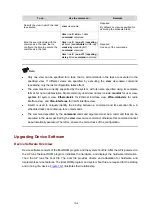
8-1
z
The models listed in this document are not applicable to all regions. Please consult your local sales
office for the models applicable to your region.
z
Support of the H3C WA series WLAN access points (APs) for features may vary by AP model. For
more information, see Feature Matrix.
z
The interface types and the number of interfaces vary by AP model.
z
The term
AP
in this document refers to common APs, wireless bridges, and mesh APs.
8
FTP Configuration
This chapter includes these sections:
z
z
z
Displaying and Maintaining FTP
FTP Overview
Introduction to FTP
The File Transfer Protocol (FTP) is an application layer protocol for sharing files between server and
client over a TCP/IP network.
FTP uses TCP ports 20 and 21 for file transfer. Port 20 is used to transmit data, and port 21 to transmit
control commands. See RFC 959 for details of FTP basic operation.
FTP transmits files in two modes:
z
Binary mode: Transfers files as raw data, like
.app
,
.bin
, and
.btm
files.
z
ASCII mode: Transfers files as text, like
.txt
,
.bat
, and
.cfg
files.
Operation of FTP
FTP adopts the client/server model. Your device can function either as the client or the server (as shown
in
). They work in the following way:
z
When the device serves as the FTP client, use Telnet or an emulation program to log in to the
device from the PC, execute the
ftp
command to establish a connection from the device (FTP client)
to the PC (FTP server), and then upload/download files to/from the server.
z
When the device serves as the FTP server, run the FTP client program on the PC to establish a
connection to the FTP server and upload/download files to/from the server
Содержание WA Series
Страница 10: ...v 15 Index 15 1...

